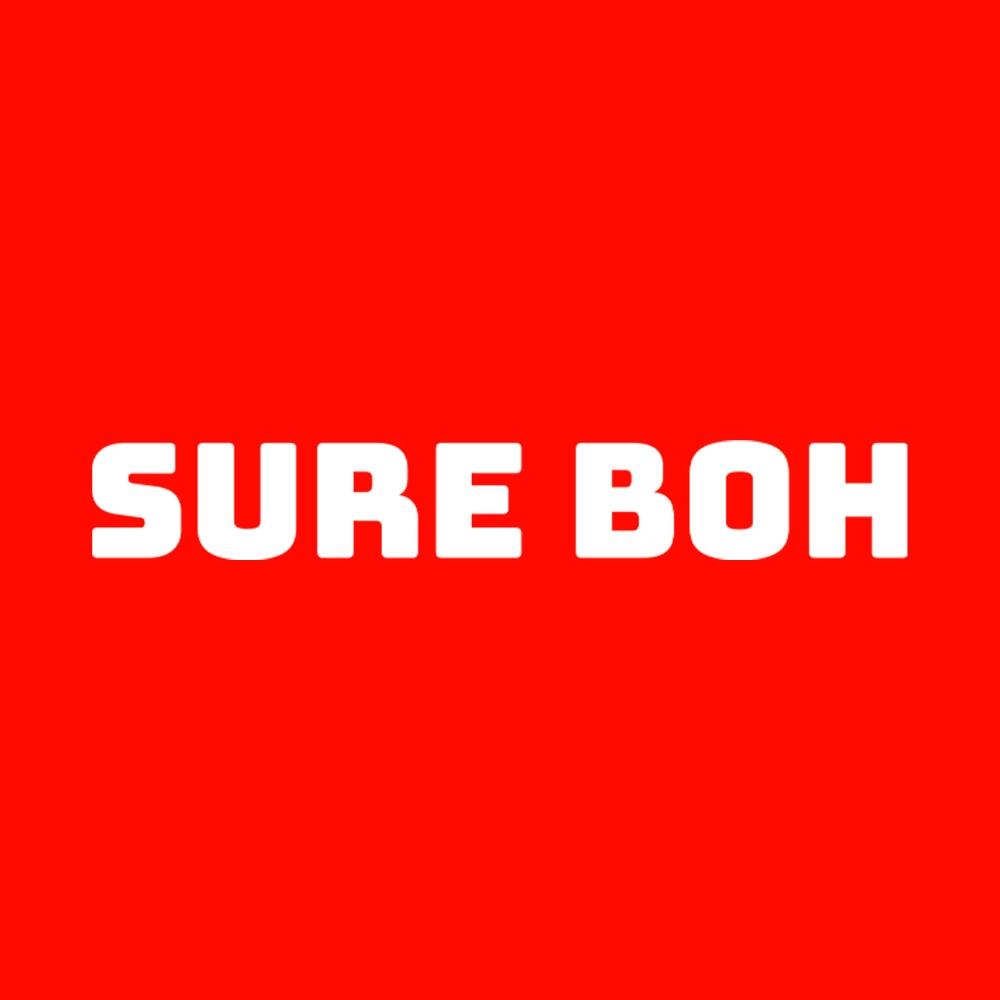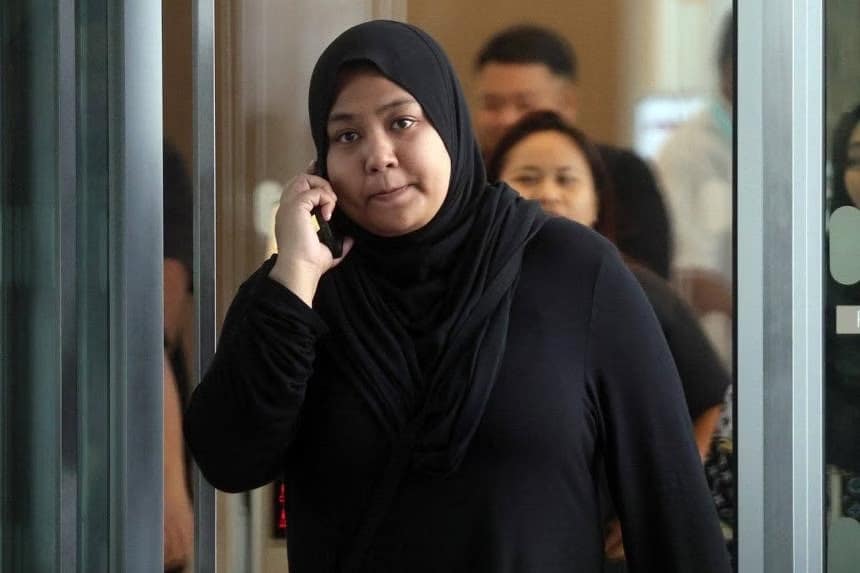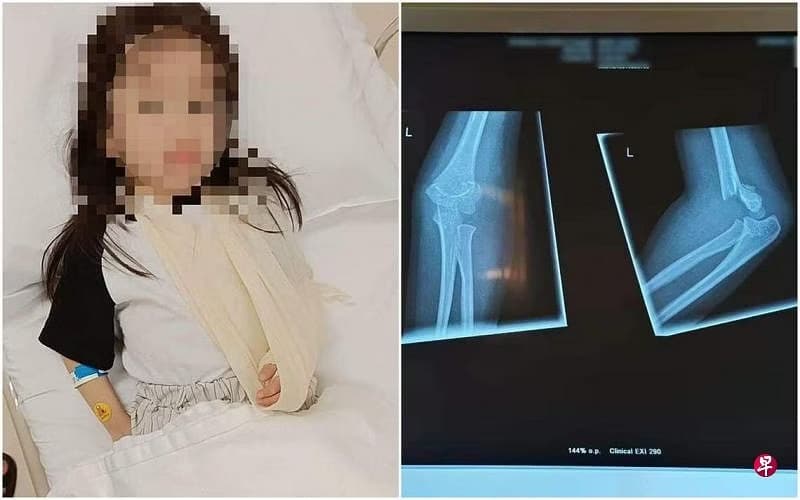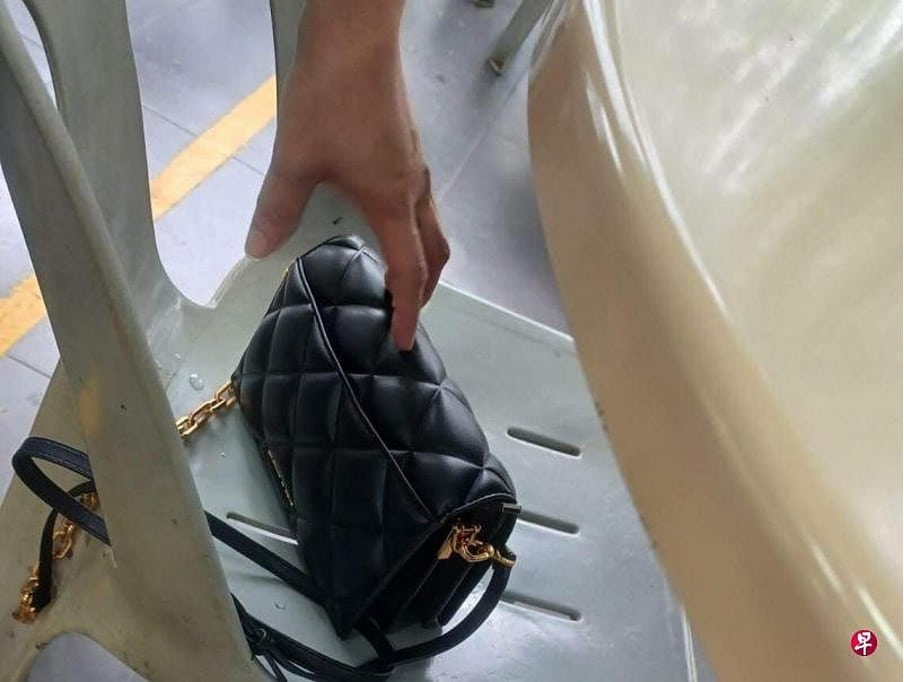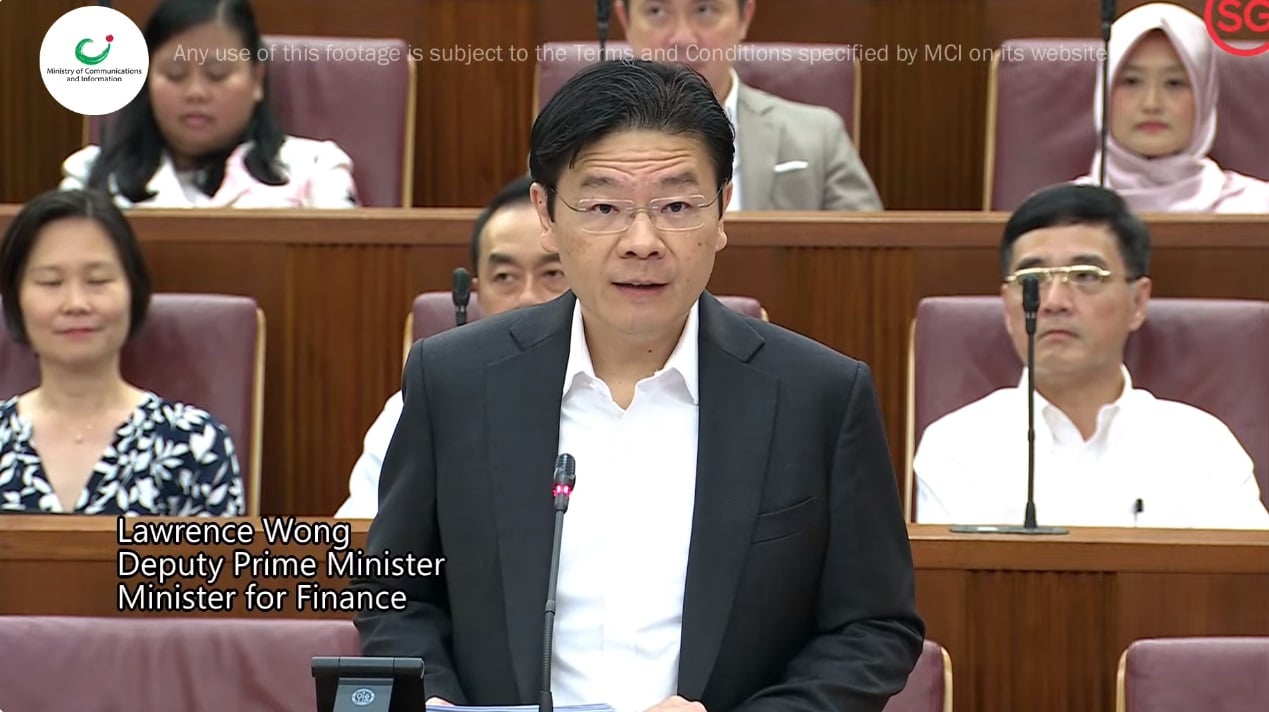My bradder Lee Hsien Loong, who was the guest-of-honour at the event, said in his speech in English: “Indeed, we can now speak of a Singaporean Chinese culture. In the same way, I think we can speak of a Singaporean Malay culture or a Singaporean Indian culture. For a country that is just over 50 years old … this is quite an achievement.”
Singapore’s racial, religious and cultural diversity has allowed each race to retain and evolve its own culture and heritage, while at the same time be influenced by the traditions of others.
“I hope the SCCC will strengthen the Singapore Chinese arts and culture scene; make it accessible to all races and appeal to all ages; and ensure that Singaporeans remain rooted in our multicultural identity for many years to come.” – PM Lee
No race or culture is coerced into conforming with other identities, let alone that of the majority, he added yesterday at the opening of the Singapore Chinese Cultural Centre (SCCC) in Shenton Way.
In fostering such an approach for a multiracial, multi-religious society rooted in its Asian cultures, Singaporeans need the arts and culture “to nourish our souls”, Mr Lee said.
“We don’t wish Singapore to be a First World economy but a third- rate society, with a people who are well off but uncouth. We want to be a society rich in spirit, a gracious society where people are considerate and kind to one another, and as Mencius said, where we treat all elders as we treat our own parents, and other children as our own.” – PM Lee Hsien Loong
In a speech, Mr Lee articulated how Singapore’s multiracial approach has forged a distinctive Singaporean identity that is unique.
Singapore’s diversity is a fundamental aspect of each group’s identity. “Our aim is integration, not assimilation,” he said. “Being Singaporean has never been a matter of subtraction, but of addition; not of becoming less, but more; not of limitation and contraction, but of openness and expansion.”
Over time, each race has retained and evolved its own culture and heritage. But it has also allowed itself to be influenced by the customs and traditions of other races.
“The result has been distinctive Singaporean variants of Chinese, Malay, Indian and Eurasian cultures, and a growing Singaporean identity that we all share, suffusing and linking up our distinct individual identities and ethnic cultures.” – said PM Lee
Singaporeans who travel can identify one another by the way they speak and act. When dealing with citizens of countries such as Malaysia, Indonesia, China or India, “we are confident of our own Singaporean cultures and identities, even as we are conscious that we are ethnic Chinese, Malays, Indians or Eurasians”.
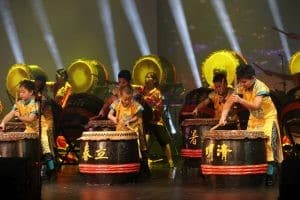
(MCI Photo by Chwee)
“Thus the Chinese Singaporean is proud of his Chinese culture – but also increasingly conscious that his ‘Chineseness’ is different from the Chineseness of the Malaysian and Indonesian Chinese, or the Chineseness of the people in China or Hong Kong or Taiwan,”- said PM Lee
Singaporeans now speak of a Singaporean Chinese culture, and in the same way, a Singaporean Malay and Singaporean Indian culture. “For a country that is just over 50 years old, which is a very short time compared to the ancient civilisations from which we spring, this is quite an achievement,” he said.
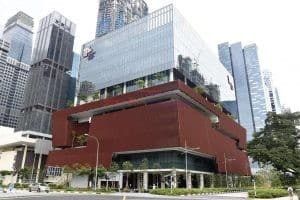
My bradder said the 11-storey centre, initiated by the Singapore Federation of Chinese Clan Associations and supported by the Government, represents Singaporeans’ affinity and confidence in their own culture.
He cited three key factors that shaped a distinct Singaporean Chinese cultural identity.
First, pioneers inculcated positive traditional values such as hard work, supporting education and charity, and respect for the elderly and looking after the young and weak.
The second is an embrace of multiculturalism. He said: “Although Chinese were the majority, they did not demand minorities adopt the Chinese culture or way of life or speak Mandarin.”
The third factor is a globalised economy and the bilingual education system.
“Our collective experiences and memories over the last 50 years… have strengthened the Singapore identity. We call ourselves Singaporean first, before identifying ourselves by our race.” – said PM Lee
SCCC chairman Chua Thian Poh said the $110 million centre hopes to be a platform for new immigrants and other communities to appreciate local Chinese culture.
He said: “By encouraging interaction with other races, we hope this will inspire more creative works and contribute to the richness of Singapore’s multi-cultural society.”
If you’d like to contribute your story to us, drop us an email at editors@sureboh.sg and we’ll review it. We read each submission that comes to us within two weeks of receiving it.
